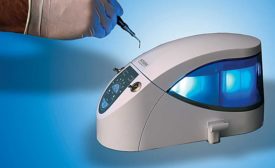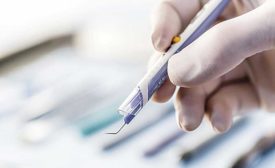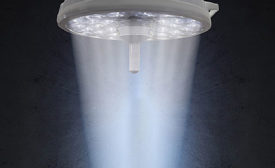Home » Keywords: » medical device design
Items Tagged with 'medical device design'
ARTICLES
Design Transfer Can Ensure a Smooth Product Development Process
Read More
Additive Manufacturing for Medical Device Production
3D Printing Goes from Prototyping to Production
May 1, 2018
How to Work With Medical Device Design Firms
Third-parties can help new products get to market faster.
February 2, 2017
Usability Tests Lend Insight Into Medical Device Design
Engineers sometimes fail to account for who will be us-ing the device and where it will be used.
April 1, 2013
Medical Device Manufacturing
Medical Device Assembly: Top 10 Reasons Medical Devices Fail
March 1, 2012
Never miss the latest news and trends driving the manufacturing industry
Stay in the know on the latest assembly trends.
JOIN TODAY!Copyright ©2025. All Rights Reserved BNP Media.
Design, CMS, Hosting & Web Development :: ePublishing











